It is difficult to romanticize the political theater of Washington, DC, when you live so close to it. The absurdity feels routine after a while. You grow desensitized to the Machiavellian scheming, the name-calling, the ceremonial outrage. News outlets blast cinematic plot twists to the American public while quieter forces go unnoticed.
With September growing late and the humdrum heat and headlines of Washington refusing to break, I turned to film in an attempt to re-enchant myself with the city in which I live. I rewatched two movies which capture its deeper moods. In spite of their tonal differences, both struck me in their portrayal of life just apart from the curtain – Washington not as the center of power, but as a place shadowed by it.
The Exorcist, released months before the peak of the Watergate scandal in 1973, sees the city as tragic. Burn After Reading, released just before Obama’s first presidential victory in 2008, sees it as farcical. Both movies concern themselves with dramas beyond political life, and together they reveal something essential about the nature of evil and the psyche of Washington today.
In Burn After Reading, the Coen brothers turn their lens just outside the political core of Washington, looking at the lives of pompous bureaucrats and some gym employees who try to blackmail them. The satire is merciless, holding its characters in no great affection: they’re all too dim-witted to understand the machinery of power, too incompetent to ever truly wield it. The characters barely register meaning or evil at all. Their lives, in effect, are expendable, their frantic attempts to claw their way into power impotent, the evil they mire themselves in banal. The devil over Washington is set loose, free to work under the guise of everyday stupidity, as the authorities shrug and turn a blind eye.
The devil over Washington is set loose, free to work under the guise of everyday stupidity
The Exorcist, by contrast, casts Washington not as a city that is too self-serious, but as a city that is not serious enough. In spite of its setting, its backdrop is not political but spiritual – the worldly Jesuits of Georgetown cross paths with actresses and diplomats, while the political class hardly intrudes. Instead, the press of rational, intellectual life in Washington is represented by the medical community as they subject the disturbed young Regan to test after invasive test. Only when every avenue is exhausted do the doctors, almost embarrassed, recommend an exorcism – but even then as a last resort, a kind of placebo treatment dependent on the corresponding irrational belief of the patient.
For all its blasphemous convulsions, I find The Exorcist strikingly wholesome. Its rejection of cold reason in favor of faith implies a moral order that is weighty enough to withstand even absurd, improbable evil. The doctors – like the bumbling characters in Burn After Reading – are incapable of perceiving great evil and so cannot perceive great love. Their clinical detachment leaves them helpless before Regan’s possession. The Roman rite of exorcism performed by the ailing Father Merrin reaffirms Regan’s identity as a human being made in the image of the divine. Where the doctors offer cold procedure, the exorcism drips with love.
The Washington I live in feels caught between the moods of both movies, unable to decide whether it is a place of conviction or performance. The ironic detachment of 2008 still lingers, still pulls the spirit toward a desensitization and the impulse to treat every crisis as theater – but the spiritual dread of the 1970s has returned in new forms. Spiritual warfare is overtly present in the public dialogue. Violence is constantly in the background and evil is openly discussed, even as we strain to take moral language seriously.
Though we are closer to 2008 than 1973, I suspect that we are spinning closer in spirit to the Washington of the Nixon era; spiritual powers and principalities seem to undergird the spectacle, and both absurdity and rationality are thin veneers to stretch over very real darkness. What The Exorcist understood – and what Burn After Reading refused to entertain – is that evil can only be opposed by people who believe someone is worth saving. Washington in 2025 is still deciding which story it belongs to.
This article was originally published in The Spectator’s October 13, 2025 World edition.



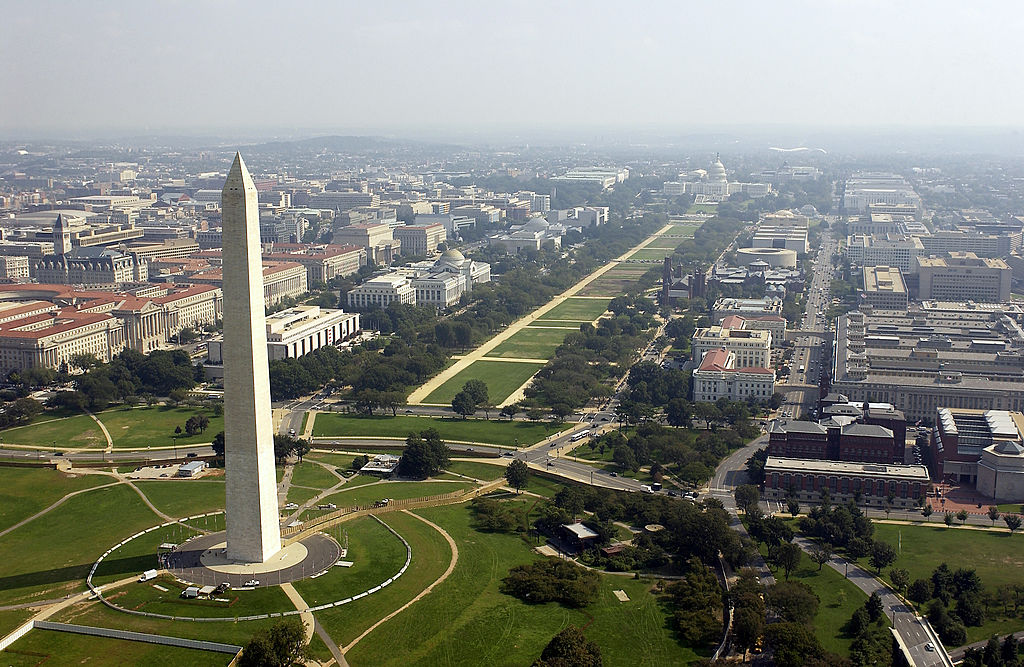






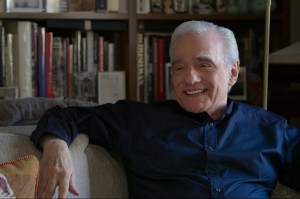
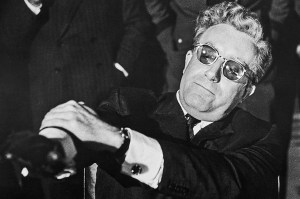
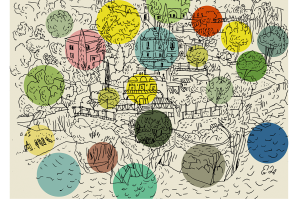
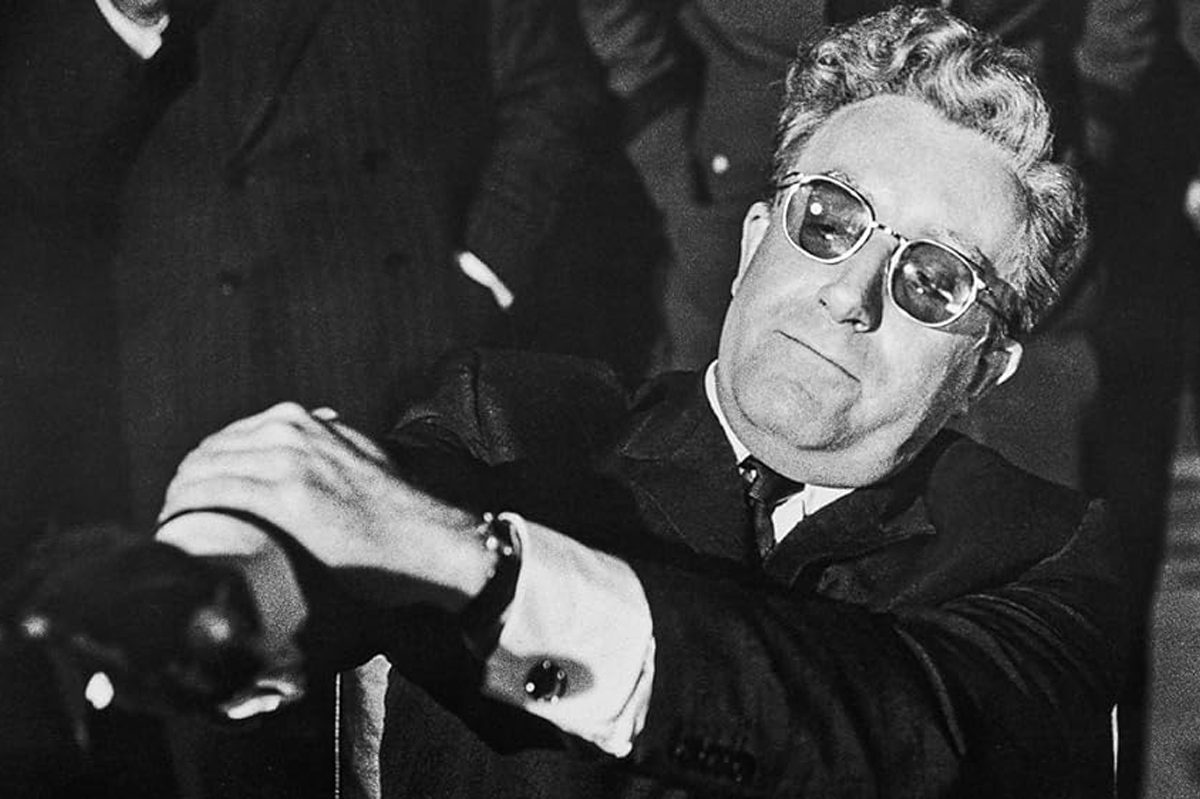
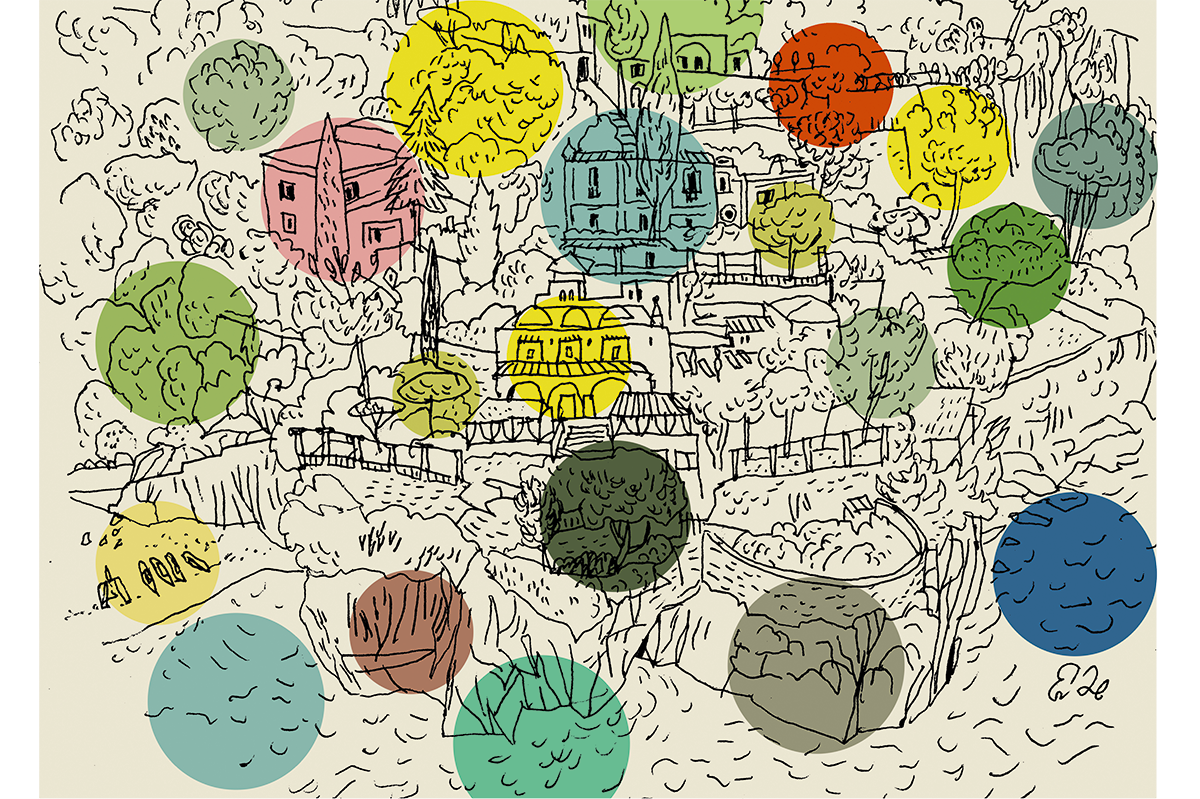


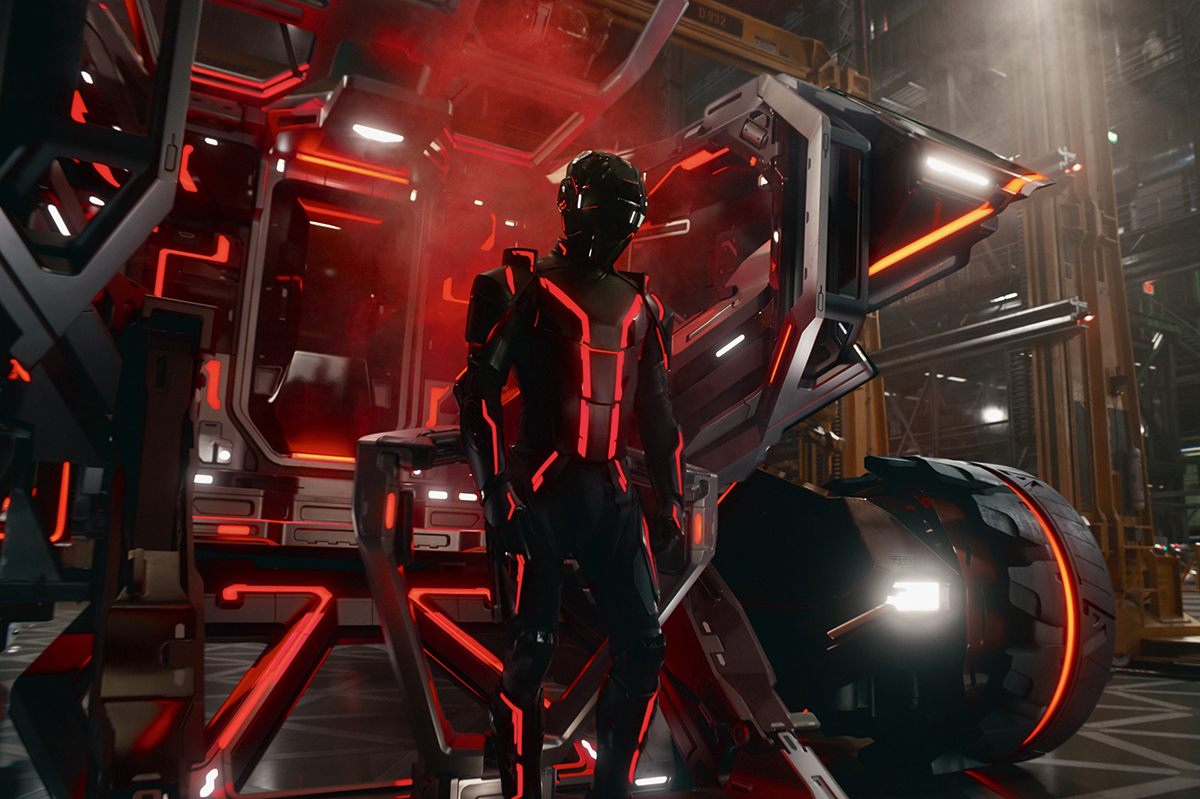


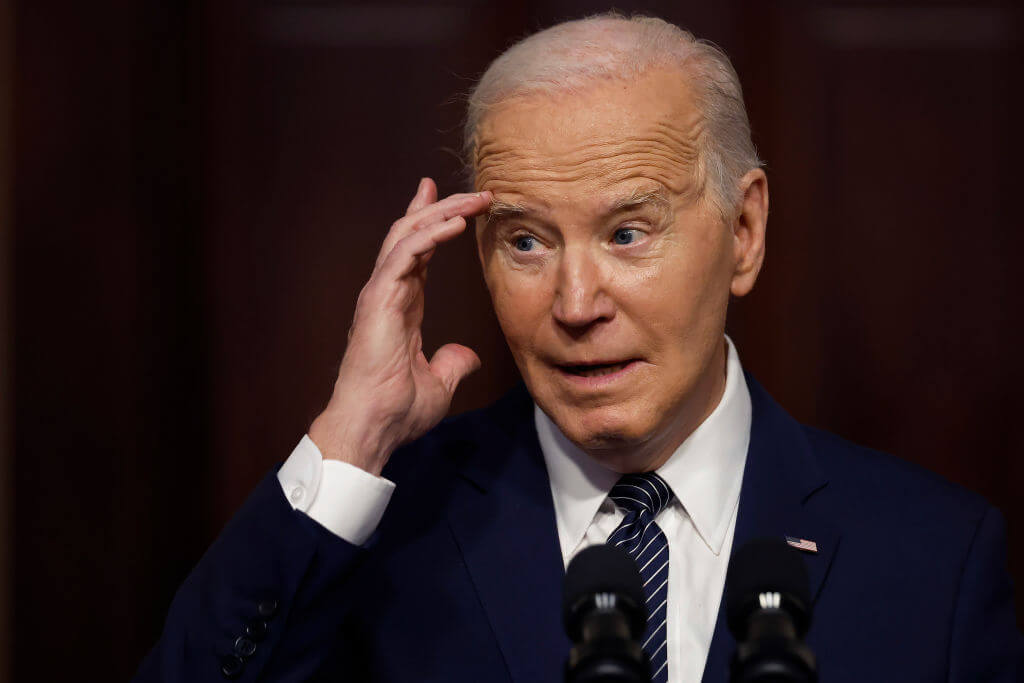



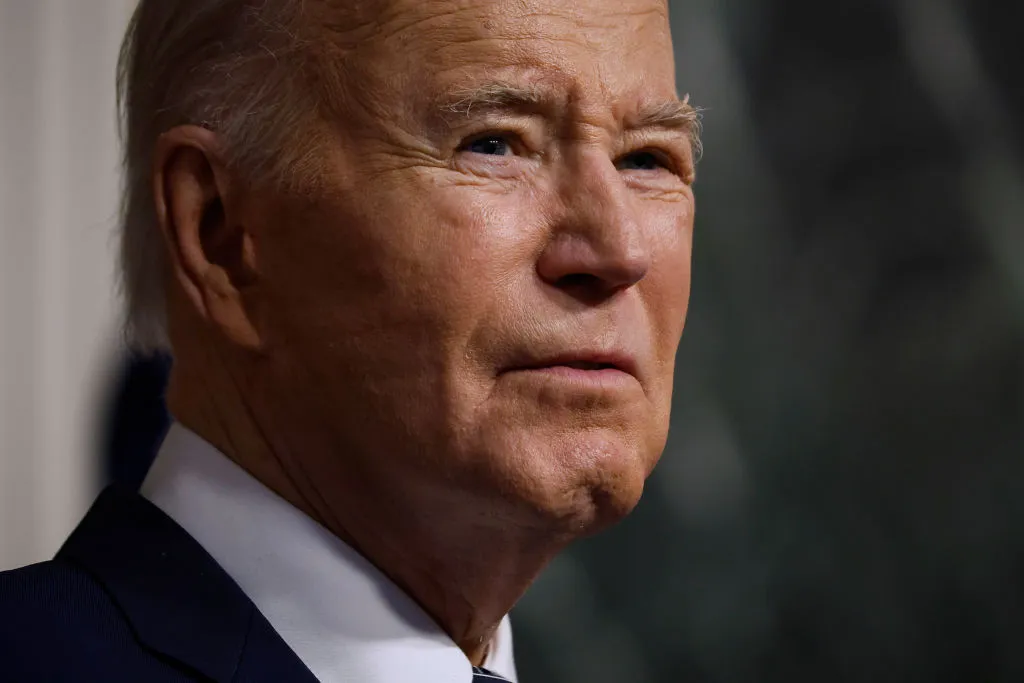

Leave a Reply